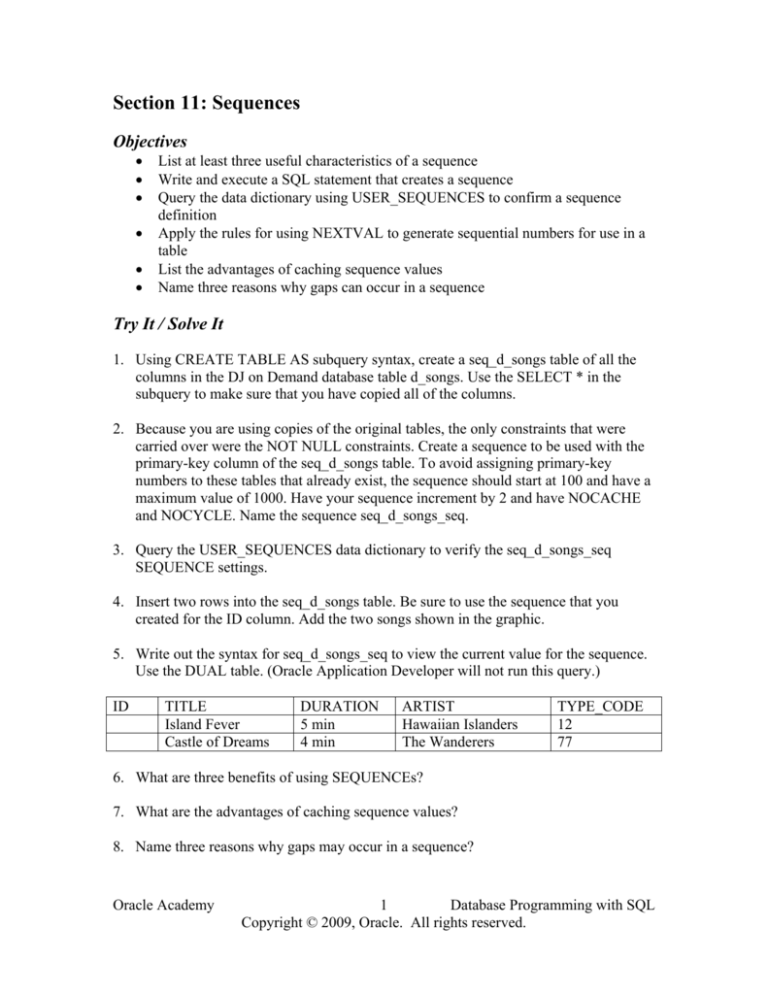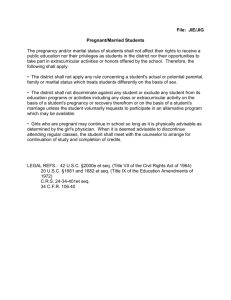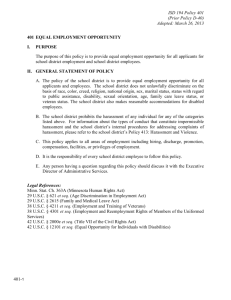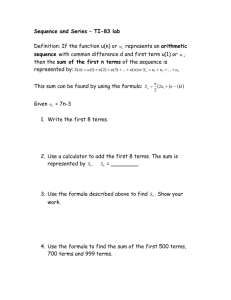
Section 11: Sequences
Objectives
•
•
•
•
•
•
List at least three useful characteristics of a sequence
Write and execute a SQL statement that creates a sequence
Query the data dictionary using USER_SEQUENCES to confirm a sequence
definition
Apply the rules for using NEXTVAL to generate sequential numbers for use in a
table
List the advantages of caching sequence values
Name three reasons why gaps can occur in a sequence
Try It / Solve It
1. Using CREATE TABLE AS subquery syntax, create a seq_d_songs table of all the
columns in the DJ on Demand database table d_songs. Use the SELECT * in the
subquery to make sure that you have copied all of the columns.
2. Because you are using copies of the original tables, the only constraints that were
carried over were the NOT NULL constraints. Create a sequence to be used with the
primary-key column of the seq_d_songs table. To avoid assigning primary-key
numbers to these tables that already exist, the sequence should start at 100 and have a
maximum value of 1000. Have your sequence increment by 2 and have NOCACHE
and NOCYCLE. Name the sequence seq_d_songs_seq.
3. Query the USER_SEQUENCES data dictionary to verify the seq_d_songs_seq
SEQUENCE settings.
4. Insert two rows into the seq_d_songs table. Be sure to use the sequence that you
created for the ID column. Add the two songs shown in the graphic.
5. Write out the syntax for seq_d_songs_seq to view the current value for the sequence.
Use the DUAL table. (Oracle Application Developer will not run this query.)
ID
TITLE
Island Fever
Castle of Dreams
DURATION
5 min
4 min
ARTIST
Hawaiian Islanders
The Wanderers
TYPE_CODE
12
77
6. What are three benefits of using SEQUENCEs?
7. What are the advantages of caching sequence values?
8. Name three reasons why gaps may occur in a sequence?
Oracle Academy
1
Database Programming with SQL
Copyright © 2009, Oracle. All rights reserved.





